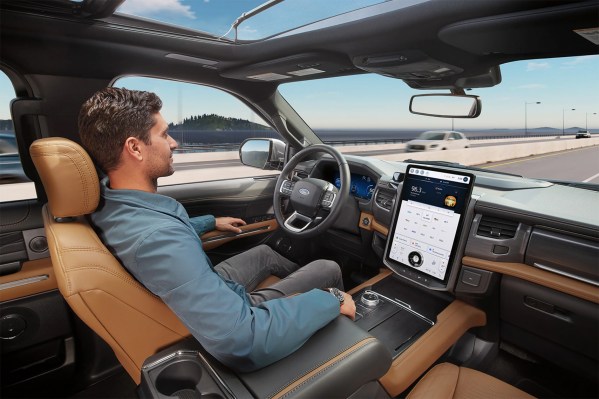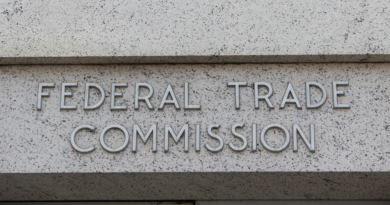Ford’s BlueCruise hands-free system under investigation after fatal crashes

Federal safety regulators have opened an investigation into Ford’s hands-free driver-assistance system, BlueCruise, after it was found to be active during two recent crashes that killed multiple people.
The National Highway Traffic Safety Administration’s Office of Defects Investigation (ODI) said on Monday that it has confirmed BlueCruise was active in both crashes. One of the crashes happened in February in Texas, and the other occurred in early April in Pennsylvania. They are the first known fatalities resulting from crashes involving the use of BlueCruise.
The investigation into the two crashes ratchets up the scrutiny on BlueCruise, which is currently available on the Mustang Mach-E, and certain Ford F-150s (including the Lightning), Explorers and Expeditions. The National Transportation Safety Board has already opened an investigation into the Texas crash. Ford said in a statement that it is “working with NHTSA to support its investigation.”
The new probe comes just days after ODI closed its most high-profile driver-assistance investigation to date. The safety agency initially opened an investigation into Tesla’s Autopilot in 2021 after multiple reports of Teslas crashing into stationary emergency vehicles while the drivers were using Autopilot. In closing the investigation, the ODI said last week that it determined a “critical safety gap between drivers’ expectations of [Autopilot’s] operating capabilities and the system’s true capabilities” created “foreseeable misuse and avoidable crashes.”
Ford announced BlueCruise in 2021. It is only available on pre-mapped highways, and Ford pairs it with a camera-based driver monitoring system that checks whether drivers’ eyes are still on the road when the system is active. Those represent much tighter constraints on the system than Tesla puts on the use of Autopilot.
Still, while BlueCruise is highly rated by some, including Consumer Reports, the recent crashes and resulting investigations suggest there may be a more fundamental problem with advanced driver-assistance systems than some of these companies are willing to admit.
Note: This story has been updated to include a response from Ford.




